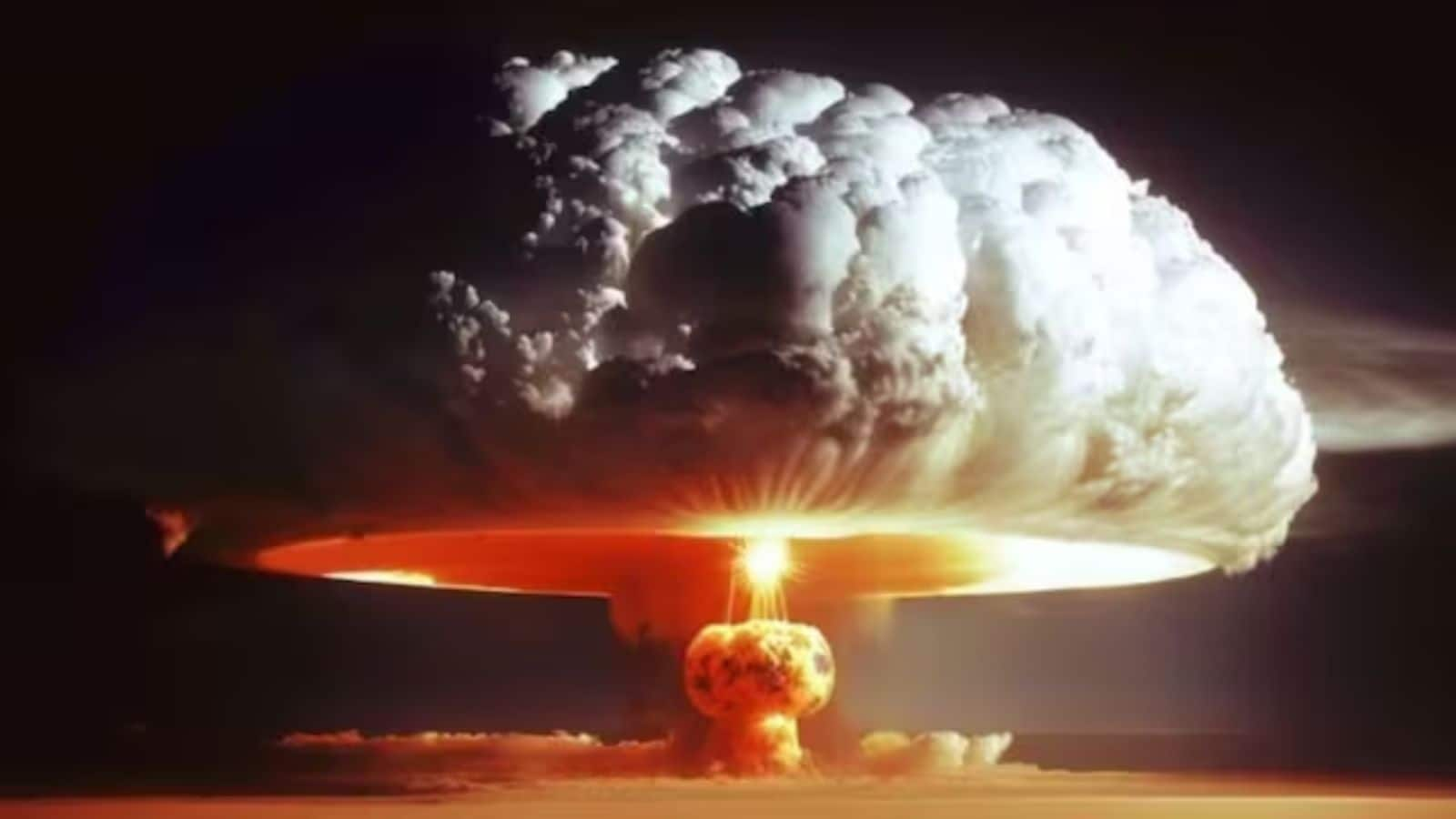At a time when the world is already on edge, from the unending Ukraine conflict to the fragile Middle East aftershocks of Israel-Iran tensions, a far more ominous, invisible storm is building momentum: the resurgence of the nuclear weapons race. And this time, it’s not just about building nuclear bombs. It’s about hiding them – deep underground, beneath foreign soil, or somewhere in the silent depths of the sea.
A new report from the Stockholm International Peace Research Institute (SIPRI), in collaboration with the Federation of American Scientists (FAS), paints a grim picture. As of early 2025, there are 12,241 nuclear warheads in existence. Of these, around 9,600 are in active military stockpiles, ready for deployment at a moment’s notice. And nearly 87% of these are held by just two countries: the United States and Russia.
But what’s more alarming than the sheer numbers is the secrecy surrounding them.
While nations continue to talk of peace and stability, behind the scenes, nuclear stockpiles are being modernised, expanded, and in many cases, hidden in locations that escape public scrutiny. From fortified airbase bunkers to roving submarines, the weapons are out there, silently awaiting activation.
In Europe, American warheads are reportedly stored under NATO’s nuclear-sharing arrangement across Germany, Belgium, the Netherlands, Italy, and Turkey. These sites are not publicly acknowledged but are well known to security analysts. Control remains with the US, but their presence signals unwavering support for US allies in a time of global uncertainty.
Russia, meanwhile, recently declared it had begun positioning tactical nuclear weapons in neighbouring Belarus. Though yet to be independently verified, international observers suggest this may already be a reality. China and North Korea remain far more opaque, providing no disclosures on the status, quantity, or location of their nuclear assets.
Then there’s Israel, perhaps the most enigmatic nuclear state of all. Unlike other nations, Israel has never officially confirmed or denied the existence of its nuclear arsenal, maintaining what it calls a doctrine of “strategic ambiguity”. Yet analysts estimate that the country holds around 90 nuclear weapons, possibly housed in hidden facilities beneath the Negev Desert or within the heavily guarded Dimona reactor complex.
This ambiguity, experts say, is meant to sow doubt in the minds of adversaries like Iran or Hezbollah, deterring attack without ever making an overt threat.
SIPRI’s latest report warns that the world is fast entering a new, more dangerous and technologically advanced nuclear age. The current trend, they say, resembles the unchecked proliferation of the 1960s and 70s, only this time, the weapons are far more sophisticated. They’re smaller, harder to detect, and exponentially more destructive.
Lukasz Kulesa, a leading analyst at SIPRI, underlined the shift in global thinking, “Nuclear weapons are no longer serving as instruments of deterrence. They’re becoming instruments of fear and insecurity.”
Citing examples, he said that despite Israel’s presumed arsenal, it remains vulnerable to repeated missile attacks. Russia, a nuclear heavyweight, is unable to deter NATO’s continued support to Ukraine. Nuclear firepower, in today’s context, is not a guaranteed shield, nor an effective bargaining chip.
The pattern is clear. Countries are not just stockpiling nuclear weapons, they’re actively updating them, relocating them, and shrouding them in secrecy. Arms control agreements have frayed. Dialogue among superpowers is rare and half-hearted. Transparency has evaporated.
What’s left is a fragile world armed to the teeth, with red buttons scattered across continents, buried in bunkers, and cruising under the oceans – unseen, unheard, but perilously real.
